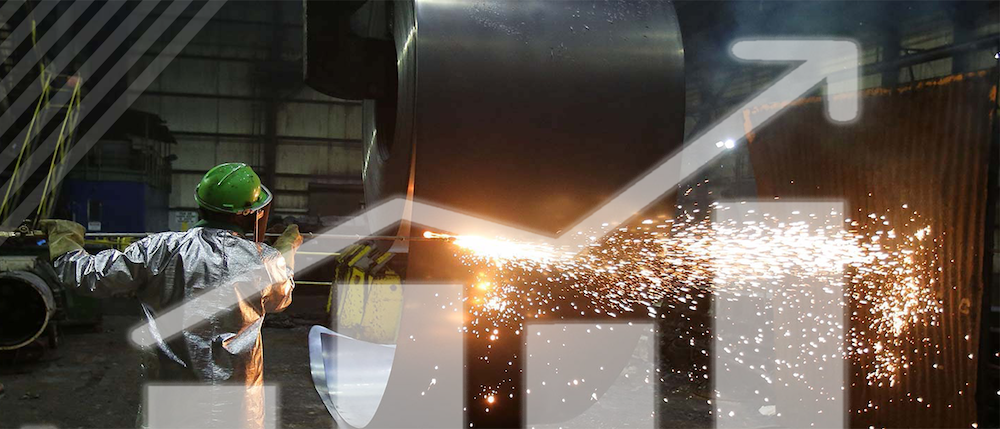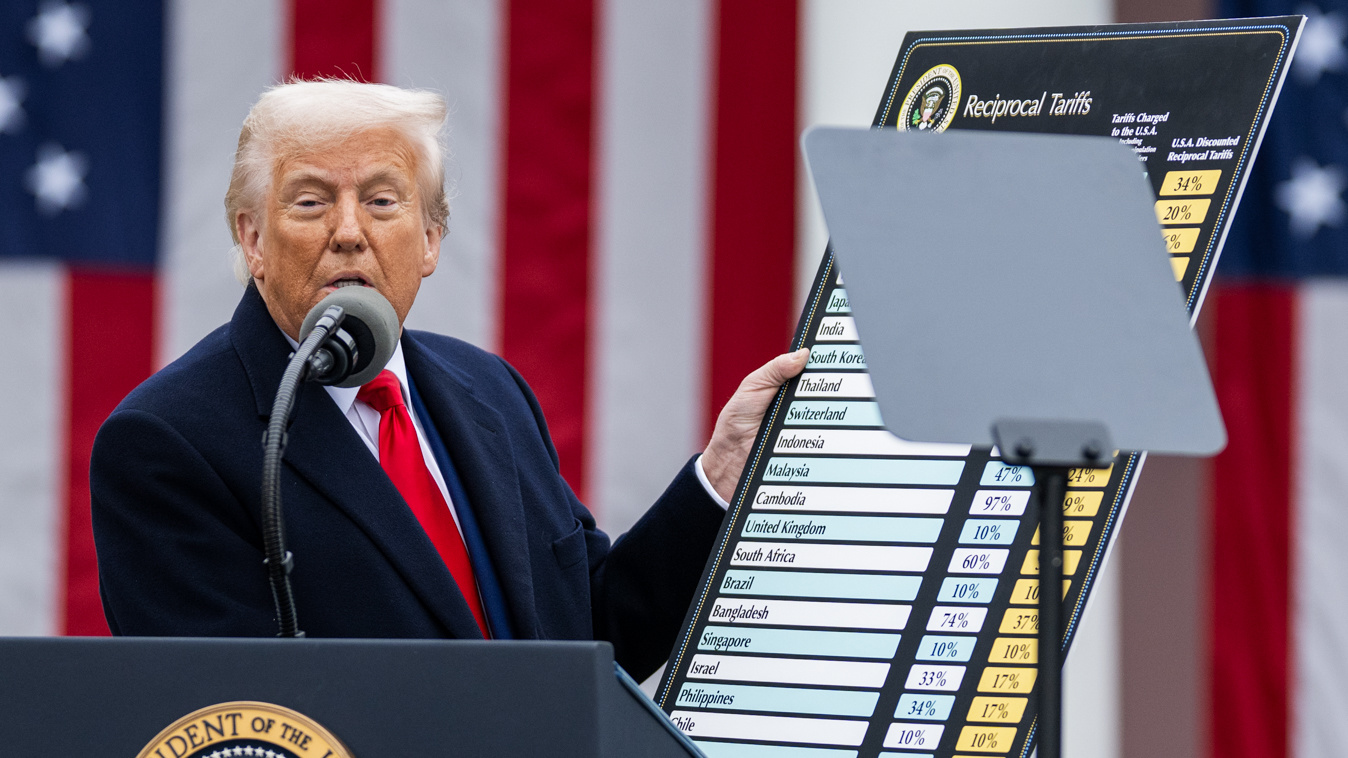By Jeff Ferry and Steven L. Byers
Abstract
In March 2018, President Donald Trump signed Proclamations imposing a tariff of 25 percent on US imports of steel from all countries excluding Canada and Mexico. The tariff is a response to years of foreign producers dumping their product on the US market, causing severe declines in the domestic steel industry. Many forecasts predicted calamitous results for the overall job market and GDP. The most egregious estimates predicted as many as 432,747 jobs lost throughout the US economy and a 0.2 percent reduction in GDP.[1]
Many Coalition for a Prosperous America (CPA) members are involved in steelmaking or steel-intensive manufacturing industries, and what they were telling us and what the government statistics show are quite opposite to those predictions. Using the REMI macroeconomic model, a well-regarded and widely used economic policy tool, CPA set out to produce our own forecasts and determine why other forecasts are so inaccurate. After updating the model to reflect actual baseline GDP and total employment in 2018, importing CBO forecasts for GDP and employment over 2019-2021, adjusting prices to reflect the current low-inflation environment, and implementing announced industry plans regarding investment in the steel producing industry, we produce results that are closer to the actual economic outcomes we are witnessing since the tariffs were applied. Additionally, we look at two policy options for recycling the estimated $5 Billion in steel tariff revenue from the Treasury to the private sector.
[1]Policy Brief, Round 3: ‘Trade Discussion’ or ‘Trade War’? The Estimated Impacts of Tariffs on Steel and Aluminum. Dr. Joseph Francois, Laura M. Baughman and Daniel Anthony. (June 51, 2018), Trade Partnership Worldwide, LLC/The Trade Partnership.













